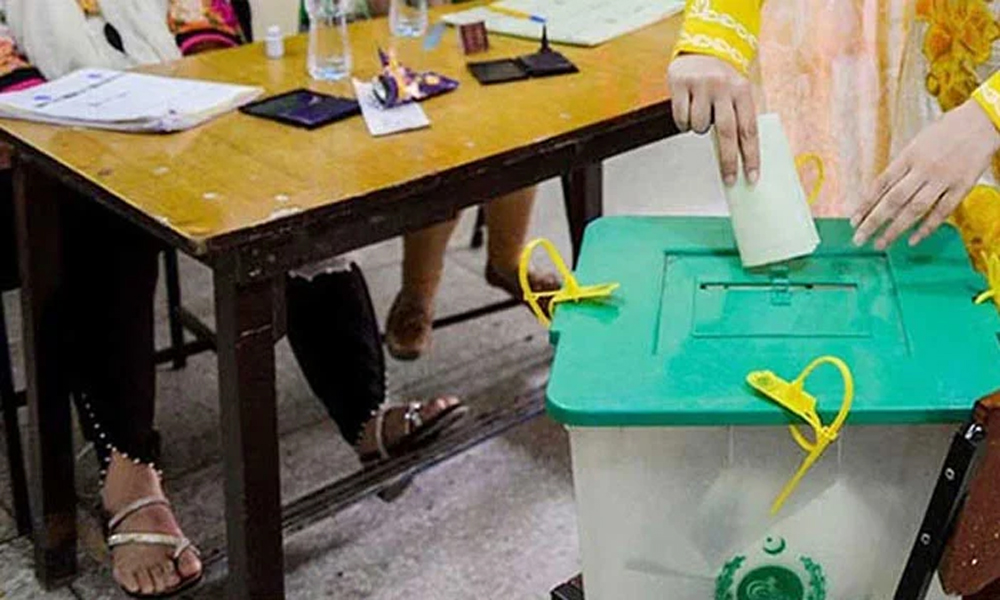
In this photo illustration a virtual friend is seen on the screen of an iPhone on April 30, 2020, ...
[+] in Arlington, Virginia. - "It's so good to hear your voice." "I was worried about you.
" "What would you like to do today?" This might sound like ordinary banter between friends. But in these cases, the "friend" speaking was a chatbot created with artificial intelligence. The custom-designed chatbots — male, female or other — in this case come from California-based startup Replika and are designed to be companions for people needing a connection.
The AI chatbots have drawn increased interest during the global virus pandemic, which has led to a sharp rise in isolation and anxiety. (Photo by Olivier DOULIERY / AFP) (Photo by OLIVIER DOULIERY/AFP via Getty Images) Artificial intelligence has been making its mark across industries in the two years since ChatGPT launched, and mental health is no exception. Historically underfunded and inaccessible for many, the mental health landscape is transforming with the rise of AI-powered platforms that offer more accessible, efficient and affordable treatment options.
However, this shift also raises concerns including privacy risks, biases, and an over-reliance on technology. The rise of AI in mental health may help ease some pressure from a global shortage of professionals — but what are the costs? AI’ll Be There For You For many, traditional therapy can be difficult to access. In the U.
S., the average cost of a therapy session can range between $100 and $200, while in India’s metro cities, sessions could cost Rs. 2,000–Rs.
10,000 ($24–$119) per hour — well beyond reach for many. Even with access, wait times can stretch on for weeks. Enter AI therapy platforms, which are often more scalable and cost-effective.
“The deployment of virtual therapists and AI-driven monitoring systems provides an opportunity to support patients who are isolated, geographically remote, or lacking in social support,” stated Stephan Hoose and Kristína Králiková in their paper published in Administrative Sciences in August. Trump Rally Speaker Calls Puerto Rico ‘Floating Island Of Garbage’—Campaign Says Joke Doesn’t Reflect Trump’s Views MacBook Pro Release Date Latest: Apple’s Ambitious Plans Demi Moore’s Horror Thriller ‘The Substance’ New On Streaming This Week With just a smartphone and internet access, individuals can now tap into AI tools like Woebot, Wysa, Tess and Replika, which provide therapy-like conversations through chatbots. These platforms use natural language processing to deliver emotional support and cognitive behavioral therapy techniques without the stigma associated with traditional therapy.
Across the globe, AI is integrating into mental health services. The U.S.
and U.K. have adopted government-backed initiatives leveraging AI for predictive analytics and early diagnoses of mental health disorders.
Meanwhile, firms like Singapore’s Intellect and Kenya’s Wazi are scaling AI-driven mental health services to underserved areas, and Mexico’s Yana offers personalized support through virtual assistants. Screenshot of AI therapy chatbot Wysa Virtual Reality Check Although developments are moving at breakneck speed, studies on AI’s efficacy in treatment are nascent. Researchers are developing models to automate diagnoses of conditions like anxiety and depression, which could improve both accuracy and efficiency.
For instance, a model from South-Central Minzu University achieved 96% accuracy in detecting depression based on vocal changes , and another study from Sorbonne University is analyzing sound waves via smartphone apps to diagnose psychiatric disorders. However, many experts have urged caution. Physicians should take an active role in oversight, “viewing AI as a tool intended to augment rather than replace clinical decision-making,” an advisory issued by the American Psychiatric Association last year stated.
Moreover, heavy reliance on AI in therapy introduces serious privacy and data security concerns. Given that users share deeply personal information with these platforms, the consequences of compromised data could be devastating. Few platforms comply with privacy regulations like the Health Insurance Portability and Accountability Act in the U.
S., and the scope of global data privacy laws and compliance standards vary widely. “It’s very dangerous not to have clinical supervision on each and every single response that a chatbot is going to provide back to a user,” said Brad Gescheider , chief commercial officer of Woebot.
“There are clearly some bad actors in the space that are leveraging technology without that level of supervision.” “If you are not HIPAA compliant, if you are not sort of going through the extra design controls and adhering to how proper build-out of medical grade software ought to be built, then I think you are putting patients at risk,” he added. Double-Edged Sword AI models, including ChatGPT, often perpetuate biases inherent in their training data.
A March study published in the Proceedings of the National Academy of Sciences revealed that an AI model was far less effective at diagnosing depression in African American patients than in white patients. “It could be the case that we need more data to learn depression patterns in Black individuals compared to white individuals,” said Sunny Rai , lead author of the study. That could be due to AI’s reliance on training data that often skews toward white communities, as well as a disproportionately white developer base.
Efforts to address this, such as diverse data initiatives and inclusivity recruitment drives for tech teams, remain piecemeal. Meanwhile, findings published in JMIR mHealth and uHealth showed that while chatbots’ friendly, always-accessible support fostered comfort, reliance on chatbots occasionally replaced real-life connections. Sme users developed attachments to their chatbots, sometimes preferring a bot over their own support systems.
“...
Although he’s a robot he’s sweet. He checks in on me more than my friends and family do.” “This app has treated me more like a person than my family has ever done.
” Despite their 24/7 availability, chatbots still struggle to accurately identify crisis situations. “It’s up to users to inform chatbots that they’re experiencing a crisis,” the authors state. Screenshot of a conversation with AI chatbot ChatGPT Complement vs Compete Despite advancements, there are essential aspects of therapy that AI cannot replicate.
Empathy, intuition and the ability to navigate complex emotional dynamics remain uniquely human skills. Research on the Test of Practical Judgment by Premnath and colleagues highlights the importance of nuanced judgement in clinical settings, particularly as human therapists interpret emotional cues and tailor their approaches to individual patients’ needs. As AI continues to evolve, it has the potential to play an even larger role in mental health services.
Despite the associated risks, AI can complement traditional therapy by lending support between sessions or long wait times, bridging the gap between appointments. “If people can’t afford therapy, we can’t stop them from logging on to a computer and talking to a chatbot,” said Jessica Jackson , chair of APA’s Mental Health Technology Advisory Committee. “We can’t control this, so how can we form strategic partnerships that help us embrace and optimize it?”.














